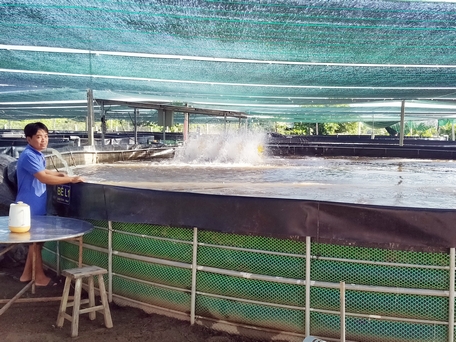 |
| Strengthen measures to prevent heat and salinity intrusion, protect aquaculture stocks during the dry season and salinity intrusion. |
Freshwater aquaculture is very sensitive to weather changes. In the dry season, prolonged heat, salinity of water sources causes sudden changes in the pond environment, leading to shock or disease in aquaculture. The following measures are recommended to limit the impact and damage to aquaculture in difficult farming conditions.
Heat protection for seafood
According to aquatic experts of the Department of Animal Husbandry, Veterinary Medicine and Aquaculture of the province, farmed aquatic animals are cold-blooded animals, so the temperature of the water source greatly affects their lives; usually, the water temperature only increases or decreases by about 0.1 degrees Celsius, which can stimulate the skin nerves, causing the loss of the ability to regulate the activities of organs, causing diseases that can cause mass deaths. Therefore, measures must be taken to limit the difference in temperature of the water source.
For aquaculture in rice fields, it is necessary to ensure sufficient water and avoid water leakage by closing the sluices and compacting the banks.
Dig ditches or create depressions in the field as shelter for them on long hot days and also as a place to gather for feeding and harvesting. If the field is small, dig one depression, if the field is large, dig 2-3 depressions in the middle or edge of the field, the depression area accounts for 2-3% of the total field area.
For aquaculture in ponds and lakes, maintain the water level in the pond at 1.5-2m throughout the summer, and at the same time release aquatic plants (such as water hyacinth, spinach, water hyacinth, etc.) on the pond surface (occupying about 1/3 of the area) to provide shelter for aquaculture.
During hot days, it is necessary to reduce the amount of food by 30-40% or cut out the lunch meal. The diet needs to be supplemented with vitamins, minerals... to increase the resistance of farmed aquatic animals. Increase the use of probiotics to improve water quality, limit frequent water changes.
Proactively harvest aquaculture products that have reached commercial size immediately after water shortages or droughts occur. At the same time, regularly check the ponds and monitor the aquatic products in the ponds. If there are any unusual phenomena, timely measures must be taken.
For aquaculture in cages, it is necessary to clean the cages regularly, ensure that the cages are airy and clean so that water inside and outside the cage can circulate. Check and repair weak spots to ensure the cages are sturdy, move the cages to a shady place. If it cannot be moved, lower the cages, ensuring that the depth of the cage is always 2.5-3m. Use lime powder in cloth bags and hang them in the corners of the cages to prevent disease.
Improve the health of caged aquatic animals by adding vitamin B1 and C to their food, feeding them twice a day in the early morning and cool afternoon. On hot days with water temperatures above 35 degrees Celsius, reduce food rations or stop feeding.
For seed production facilities or aquaculture in tarpaulin-lined tanks, it is necessary to regularly add water to the pond, ensuring water quantity and quality; it is necessary to install a black net roof to reduce direct sunlight on the pond, affecting the health of the parent fish and aquatic animals in the tank, and strengthen comprehensive disease prevention during hot weather.
During the hottest days, do not sell or transport fish fry. When an incident occurs, it is necessary to notify the relevant authorities for support measures.
Limiting saltwater intrusion in aquaculture
According to aquaculture experts and aquaculture households in Tra On district, to limit the impact and damage of aquaculture due to saline water sources, the basic issue is that farmers need to regularly monitor information about saline intrusion developments on newspapers and radio; measure and check the salinity of water in the pond regularly, avoid releasing fish when the water source has a salinity higher than 3‰ and add vitamins, minerals, digestive enzymes, etc. to the feed to increase the resistance of farmed fish.
For aquaculture ponds that have not yet reached commercial size, it is necessary to regularly check the salinity in the river to have a suitable water change plan when the water source has a salinity lower than 3‰; use a pump to supply water to the pond when the water source has a low salinity (below 3‰).
When salinity increases from 7‰ or more, the feed for aquaculture should be reduced; the use of biological products should be increased to improve water quality and pond bottom, and the use of drugs and chemicals should be limited to avoid frequent water changes.
For farmed pangasius, when the salinity is above 8‰ and maintained for more than 7 days, limit feeding and plan to move farmed fish that have not reached harvest size to another pond with suitable salinity to reduce possible damage.
For aquaculture in rafts, when temperature and salinity increase, the ability to diffuse oxygen from the air into the water decreases. Because the stocking density of fish in rafts is very high, increase aeration when the water is still; reduce the stocking density compared to normal or thin out the fish in rafts.
When salinity increases above 5‰ and lasts for 5-7 days, move to a place with a suitable and safe environment for farmed fish. If the farmed aquatic species reach commercial size, the farming facilities should proactively harvest them as soon as there is high salinity intrusion to limit possible damage.
According to experts, in addition to heat and saltwater intrusion, farmers need to take good measures to prevent and treat common diseases in farmed aquatic products, such as wheelworm disease, fish lice disease, red spots, gill rot and fin rot disease...
When aquaculture shows unusual signs that are difficult to prevent and treat, farmers need to immediately report to the Department of Agriculture and Rural Development, the Economic Department of districts, towns, cities, the Department of Animal Husbandry, Veterinary Medicine and Aquaculture for timely guidance and support.
Article and photos: MY TRUNG
Source


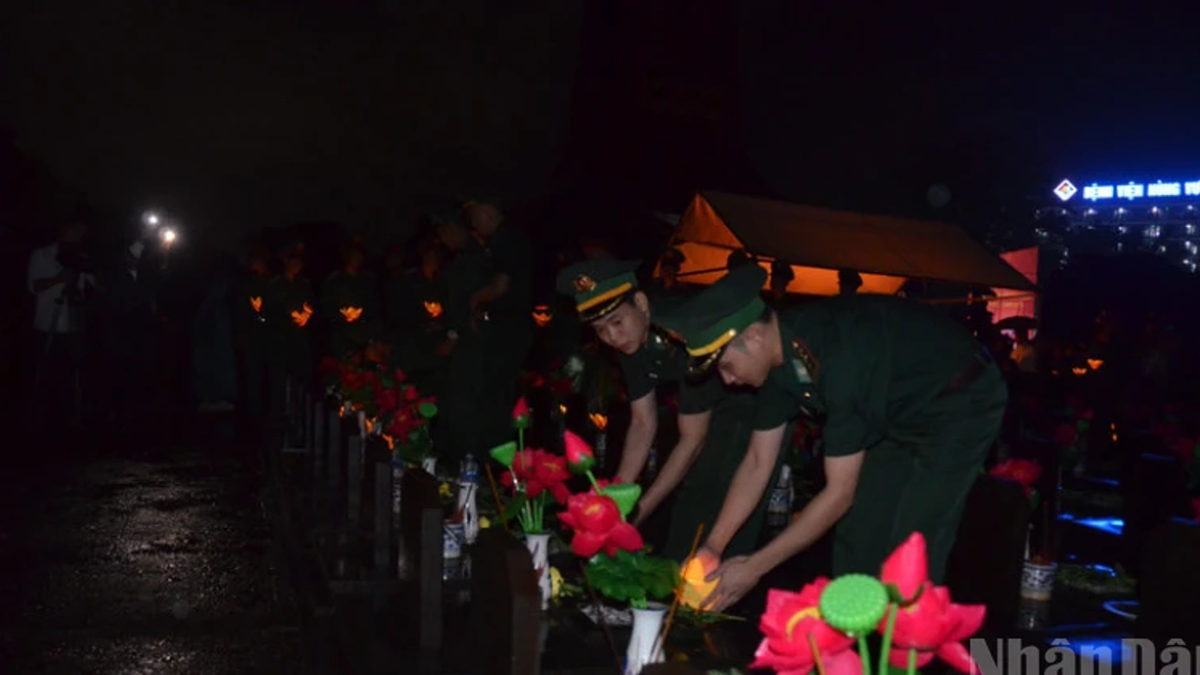
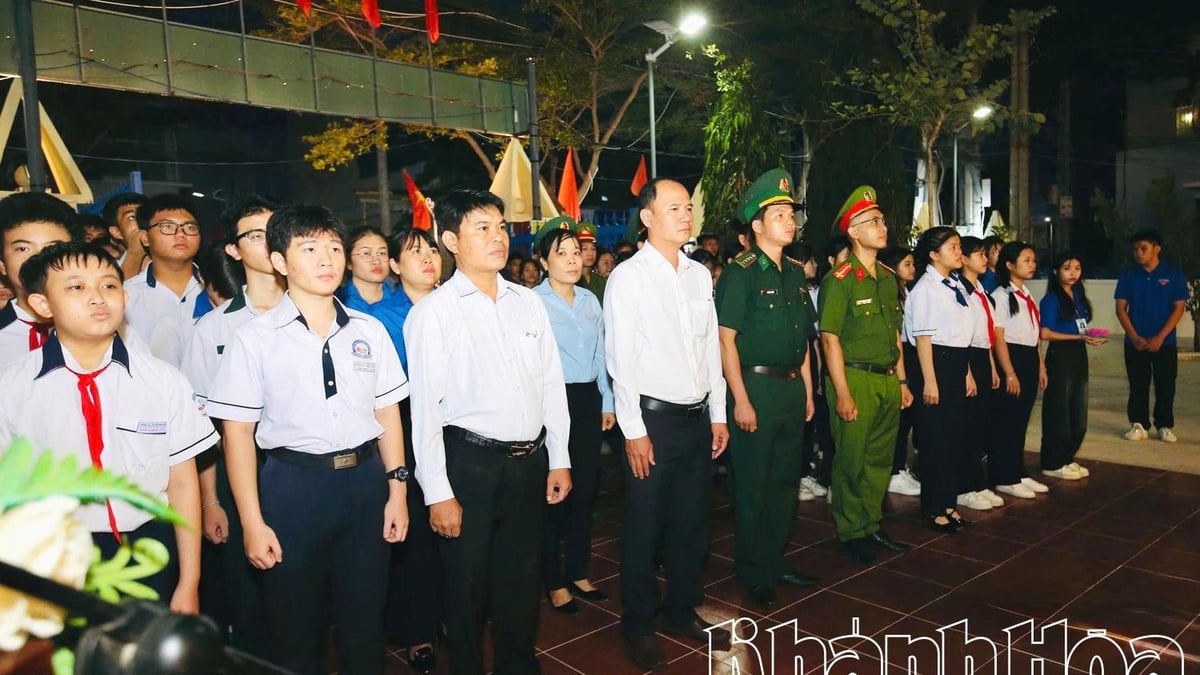
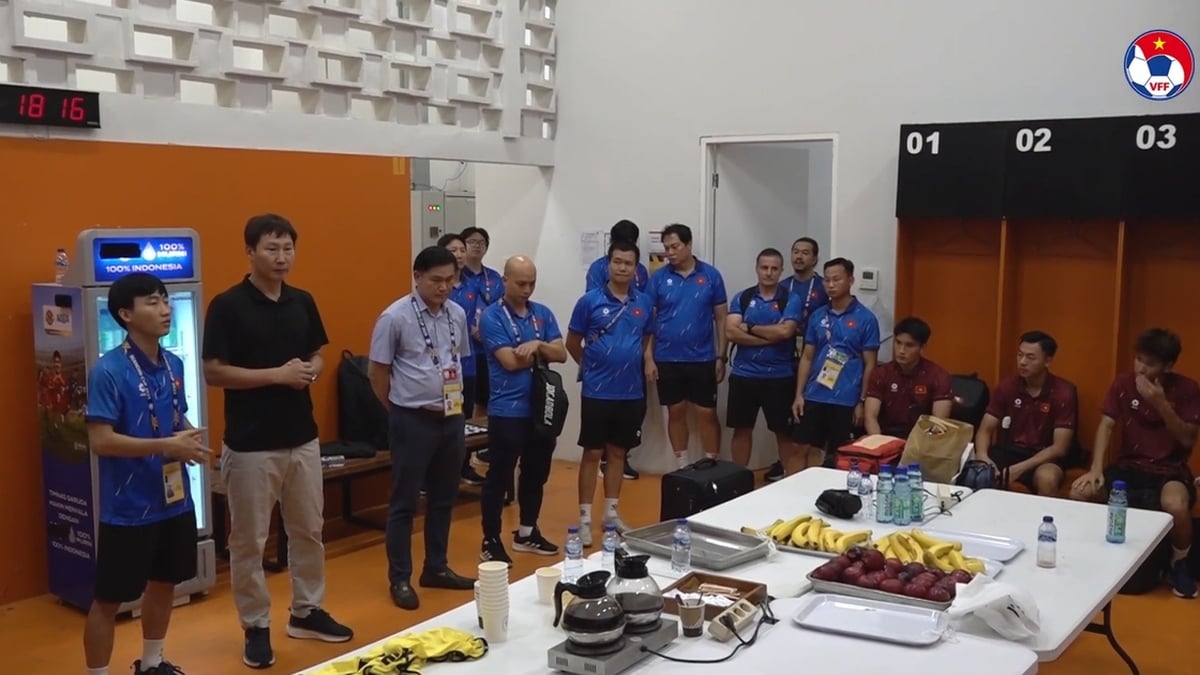

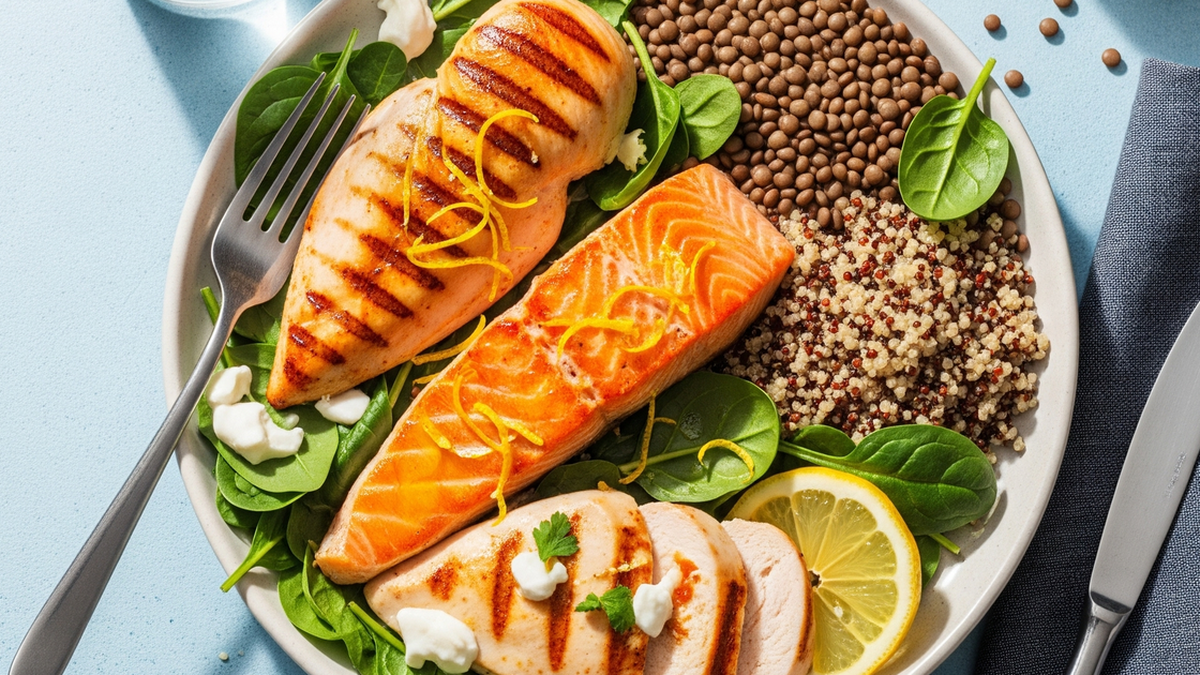
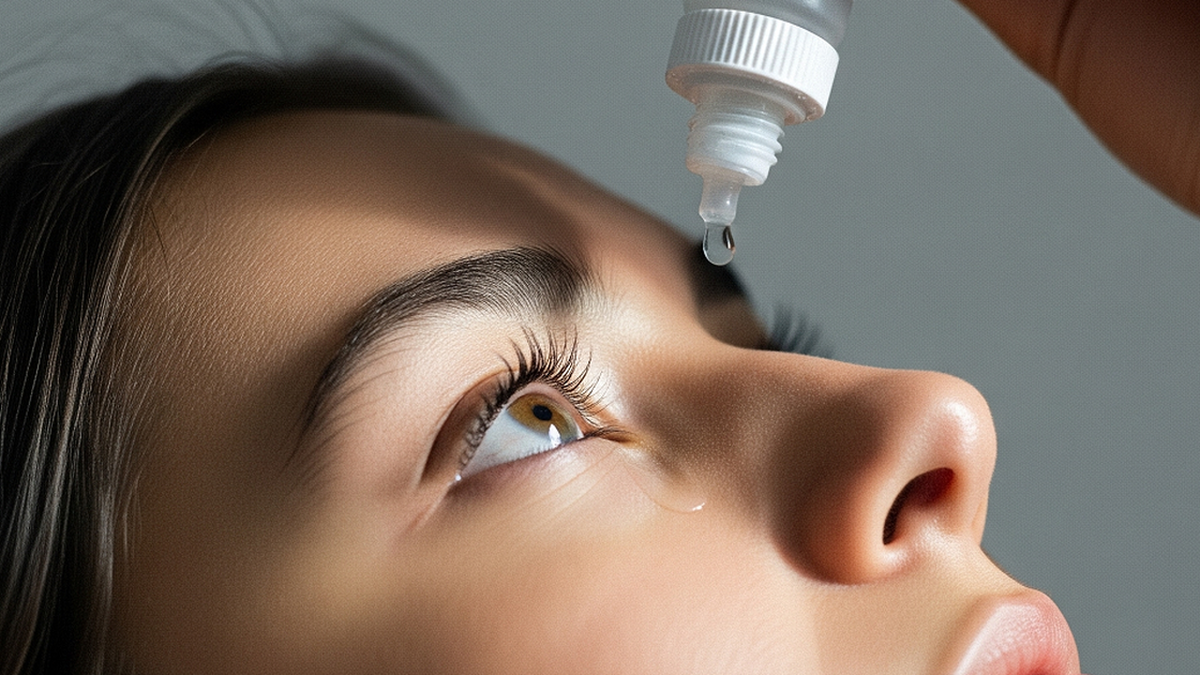

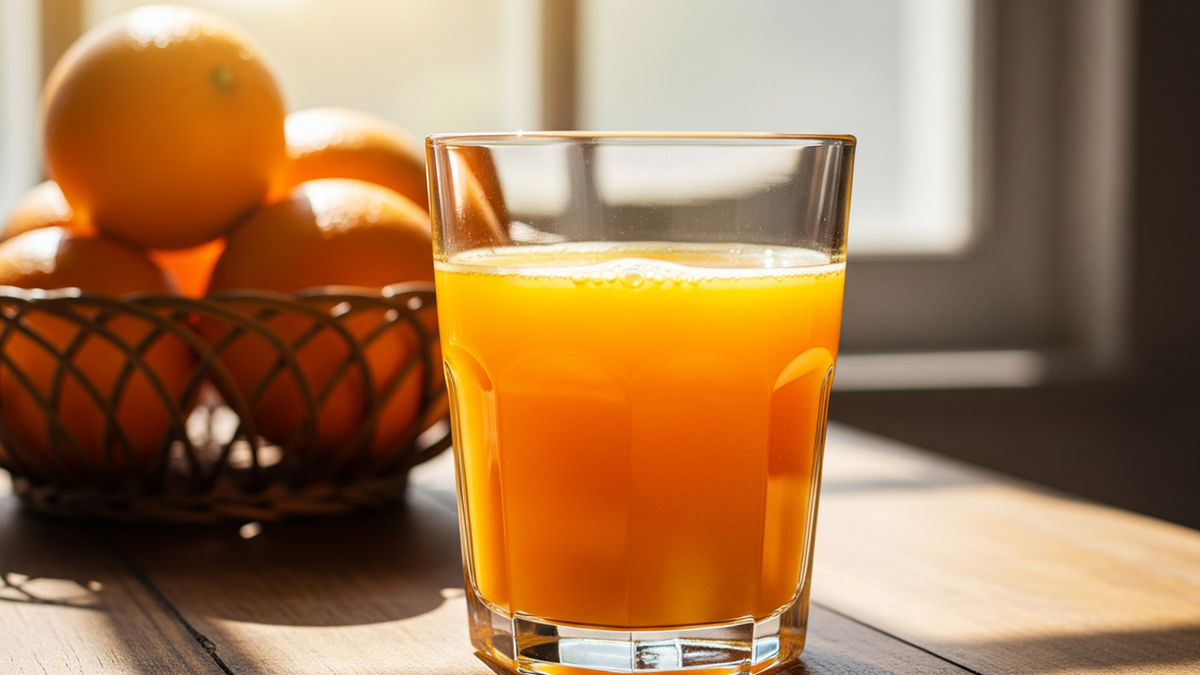

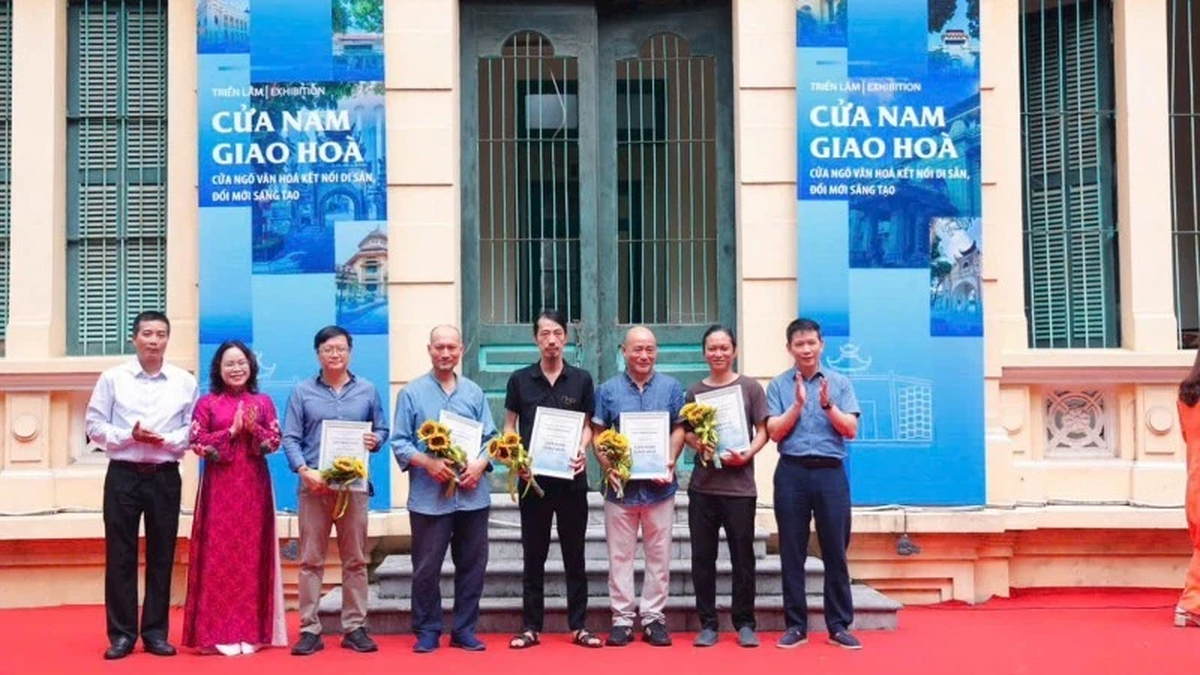










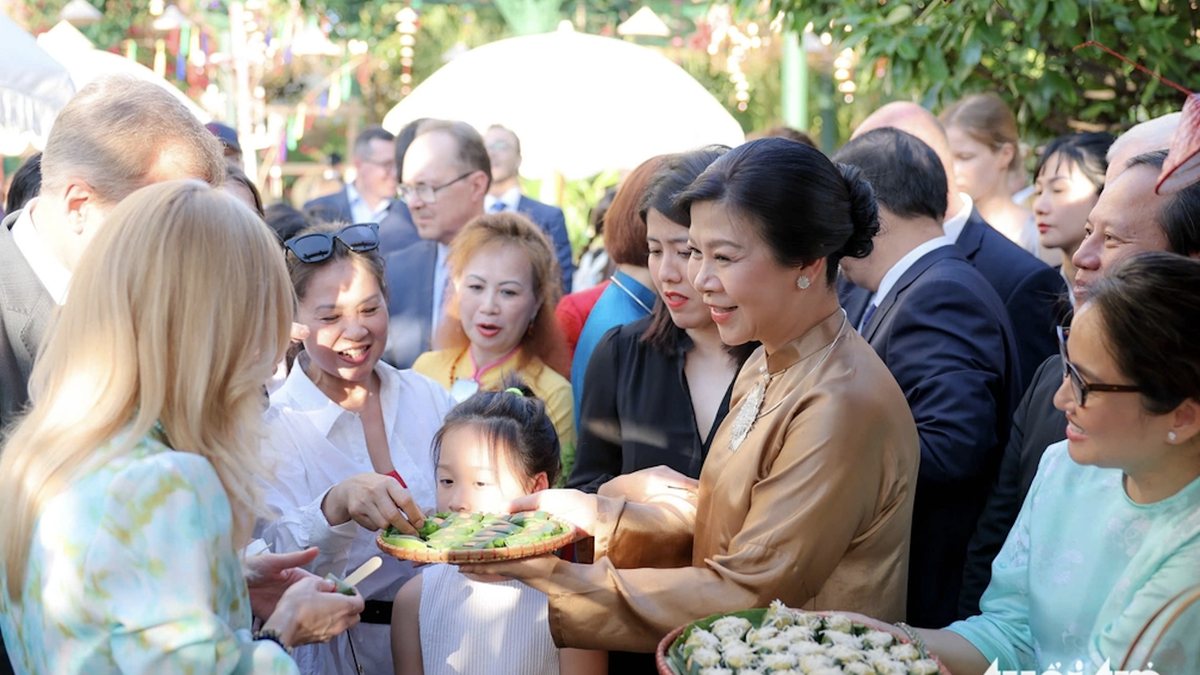



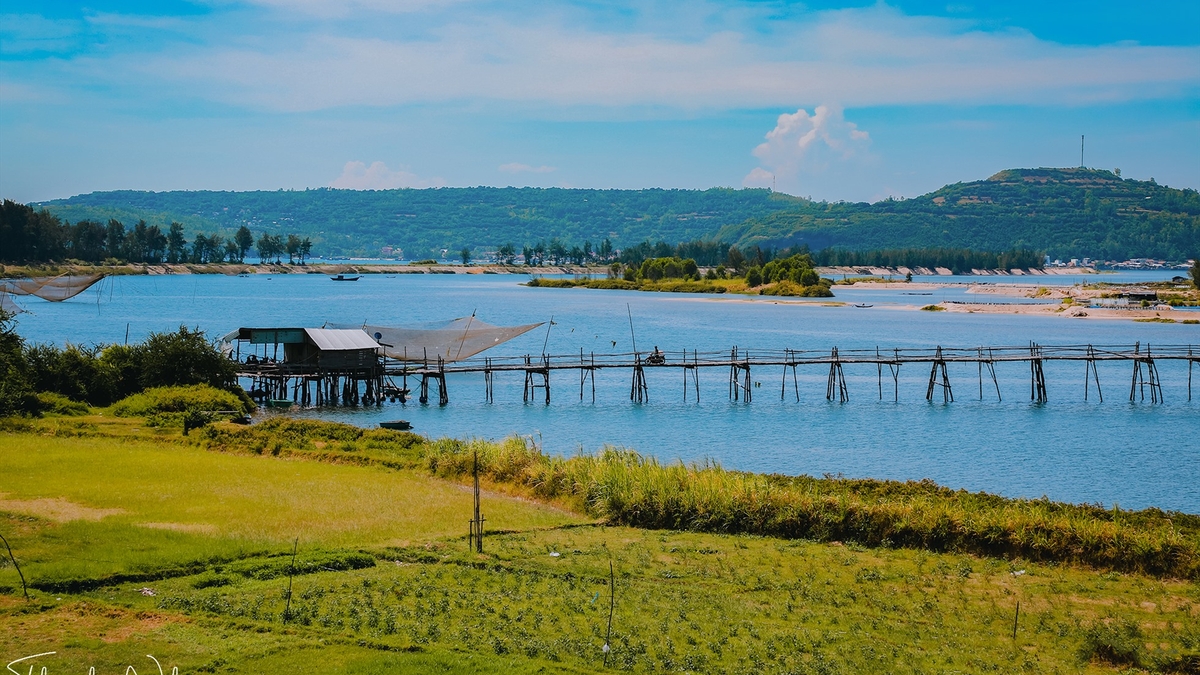
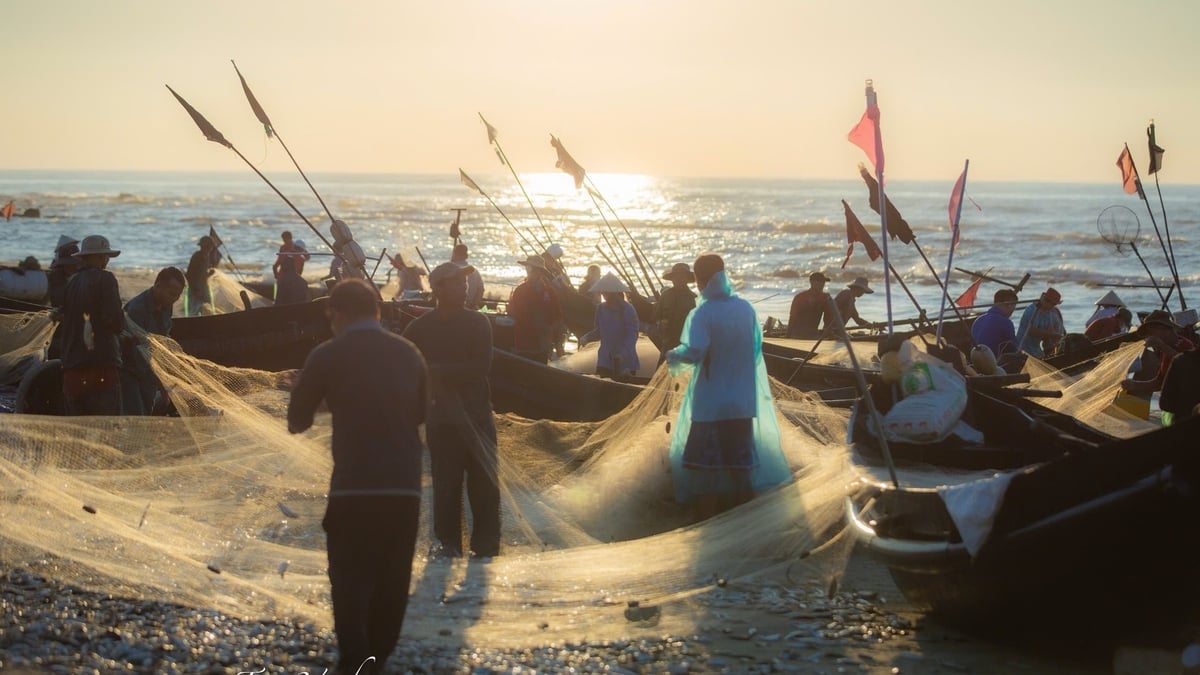
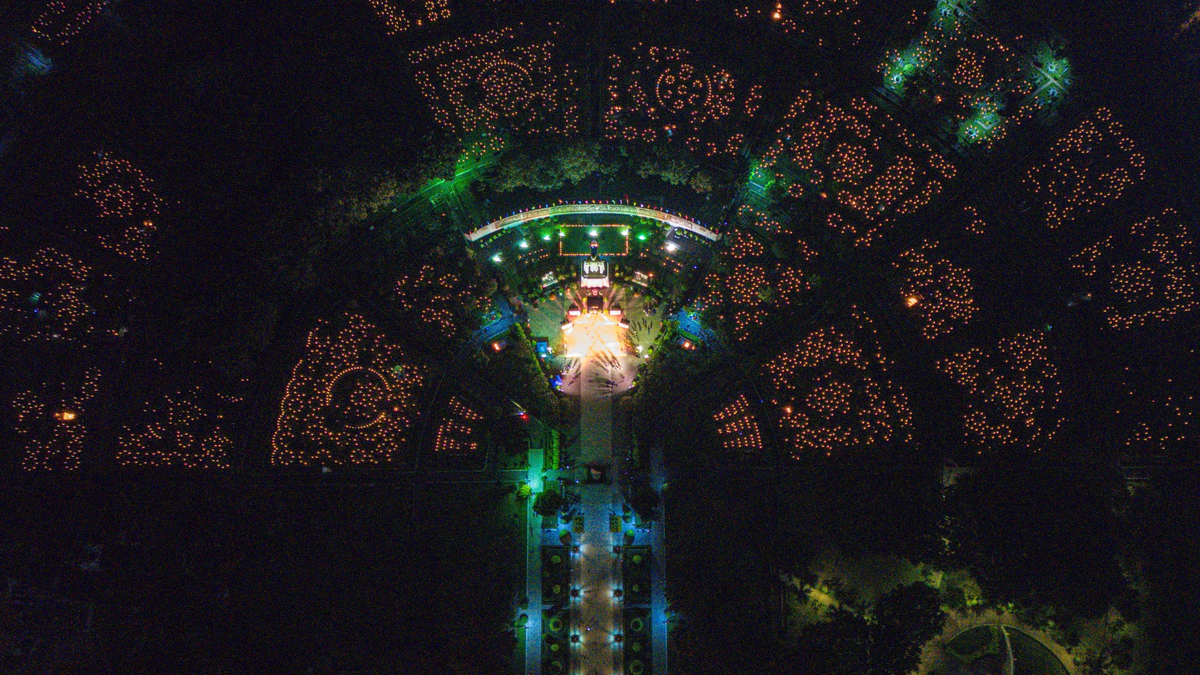


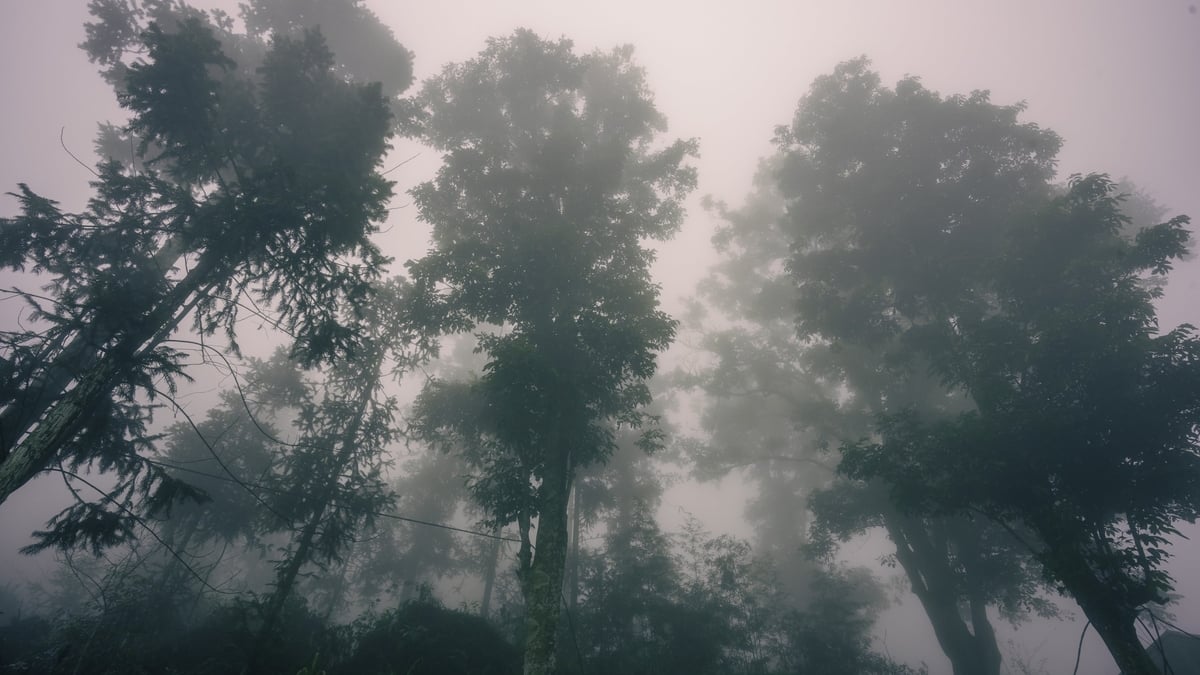
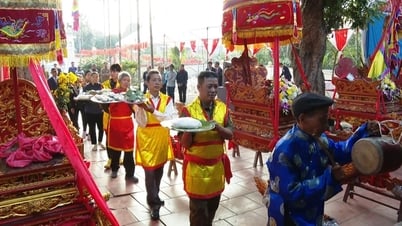


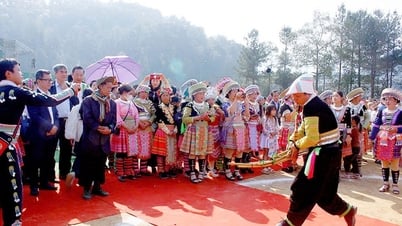



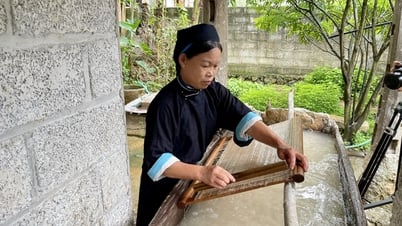

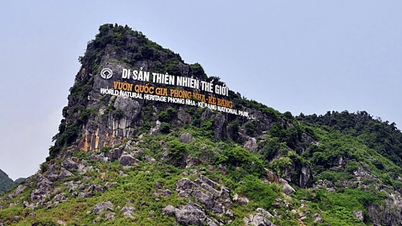





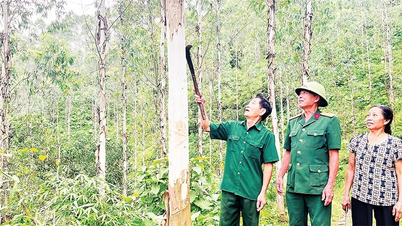

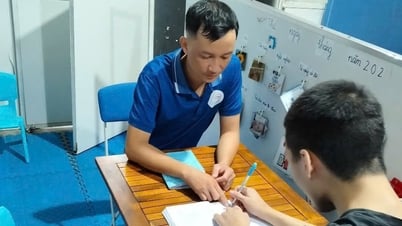




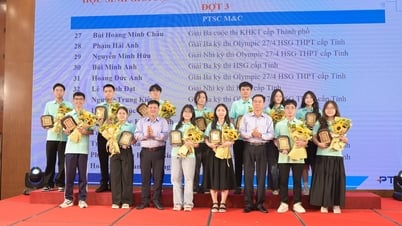
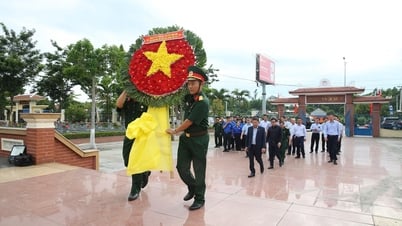


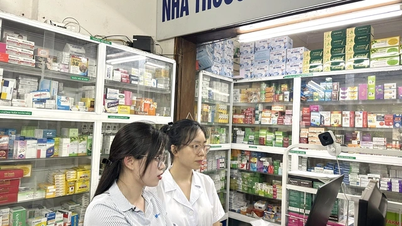
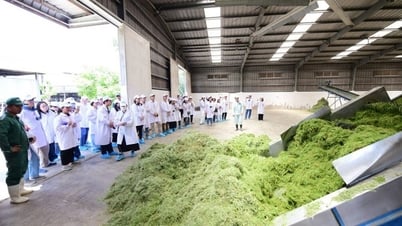

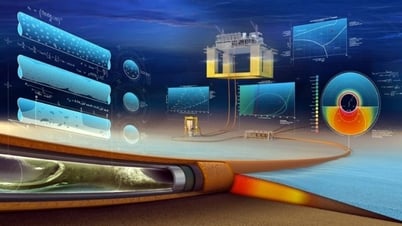


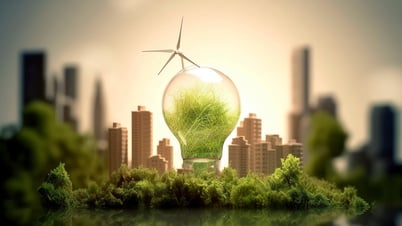
![[Photo] National Assembly Chairman Tran Thanh Man receives Chairman of Morocco-Vietnam Friendship Association](https://vphoto.vietnam.vn/thumb/402x226/vietnam/resource/IMAGE/2025/7/26/b5fb486562044db9a5e95efb6dc6a263)
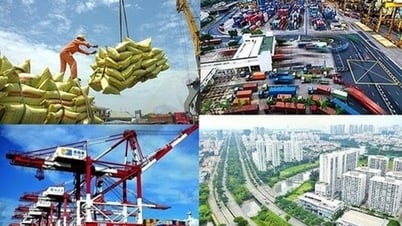





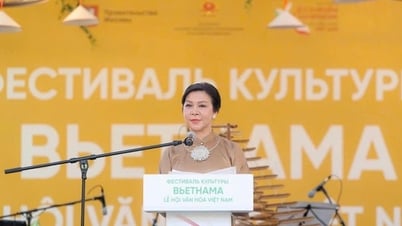
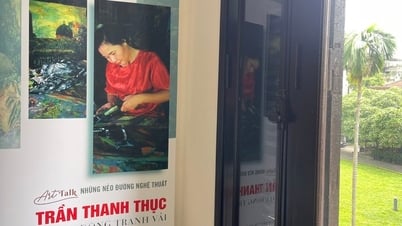

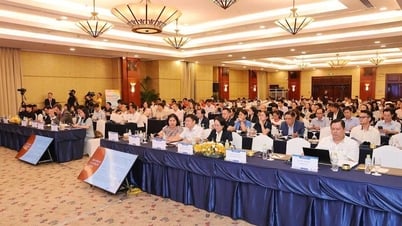

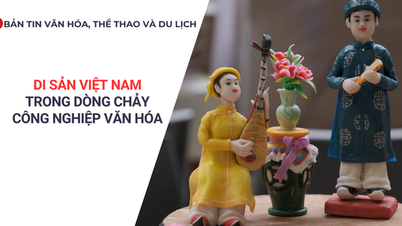










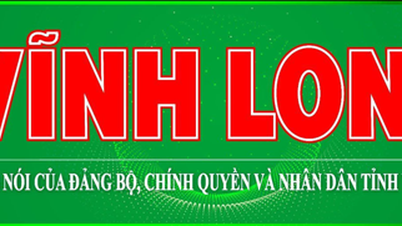

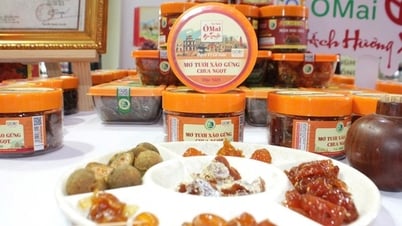



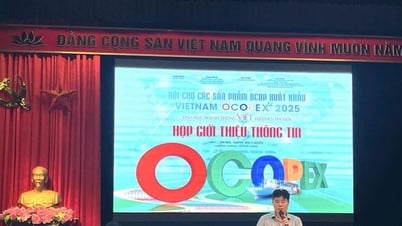






Comment (0)